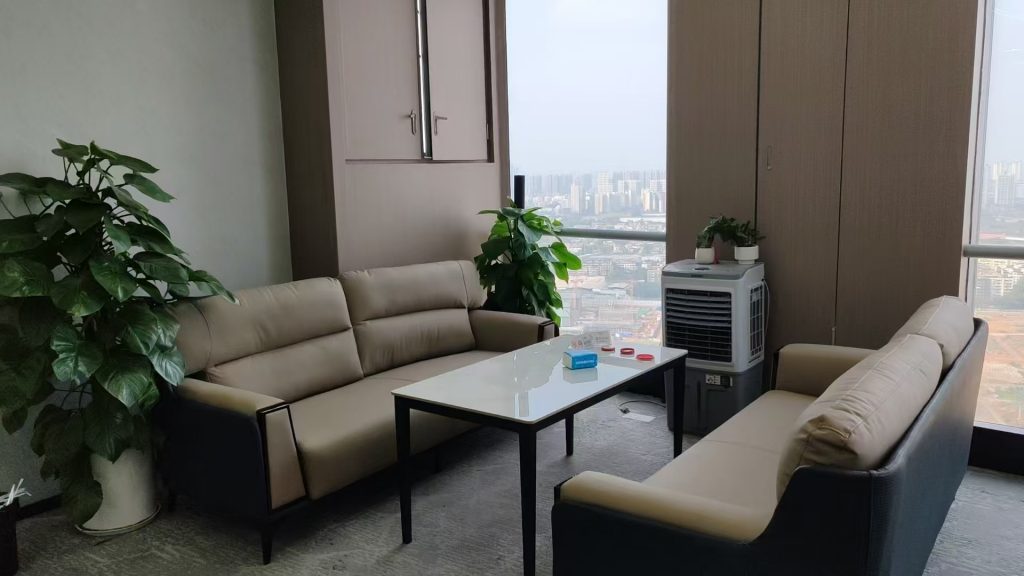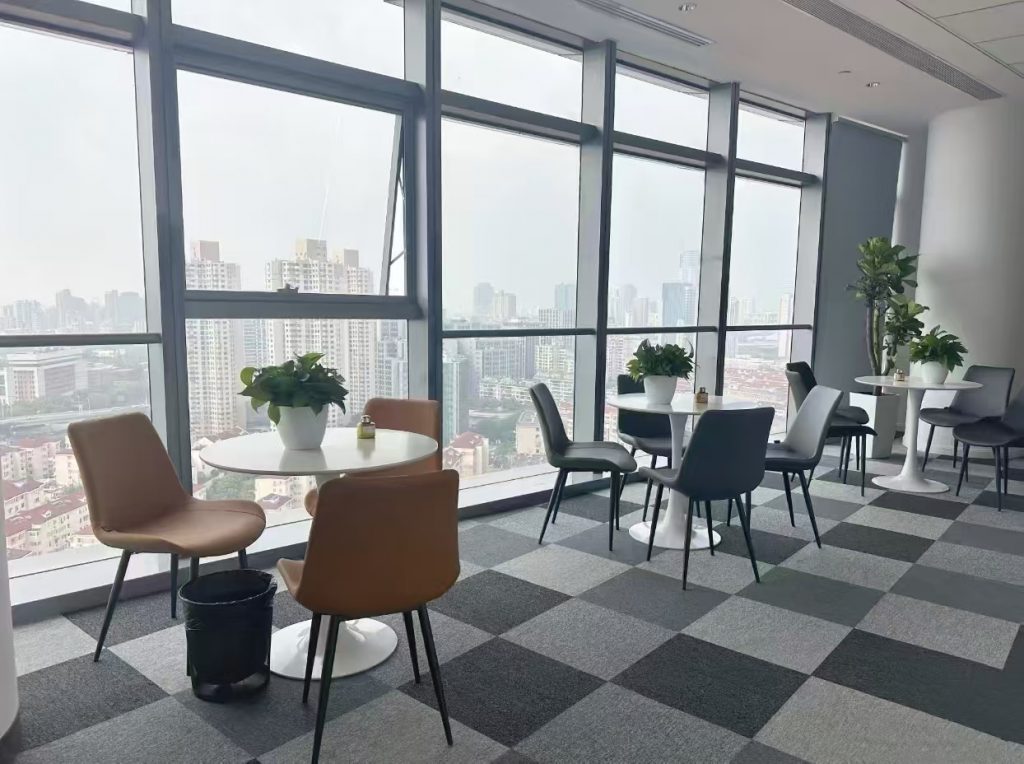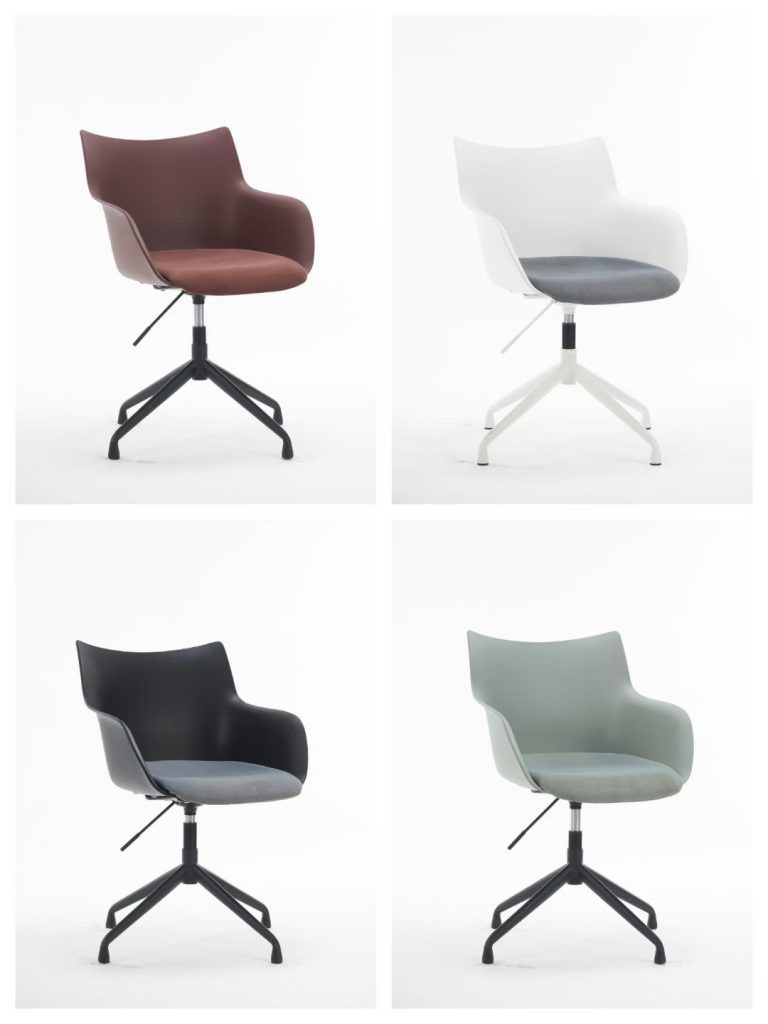China’s dominance in global furniture manufacturing is reshaping how businesses source high-quality, cost-effective products for international markets. As a leader in production capacity, innovation, and scalability, China offers unparalleled opportunities for retailers, designers, and brands seeking to optimize their supply chains. This article explores the advantages of global furniture sourcing from China, key challenges to address, and actionable strategies to build successful partnerships.
—
Why China is the Go-To Hub for Global Furniture Sourcing
1. Unmatched Production Capacity
China’s furniture industry accounts for over 30% of global exports, driven by advanced manufacturing hubs like Guangdong, Zhejiang, and Fujian. Factories specialize in bulk production while maintaining flexibility for custom designs, catering to diverse markets from Europe to North America.
2. Cost Efficiency Without Compromise
Competitive labor costs, streamlined workflows, and economies of scale enable Chinese manufacturers to offer prices 30–50% lower than Western counterparts, making bulk orders financially viable for businesses of all sizes.
3. Innovation Meets Tradition
From AI-powered smart furniture to handcrafted artisanal pieces, Chinese factories blend cutting-edge technology with time-honored craftsmanship. This duality appeals to global buyers targeting both mass-market and premium segments.
4. Sustainability Initiatives
Leading suppliers prioritize eco-friendly practices, such as using FSC-certified wood, water-based finishes, and recycled metals. Many factories now hold certifications like ISO 14001 (Environmental Management) to align with global sustainability goals.
—
Critical Factors for Effective Global Sourcing
1. Supplier Vetting and Due Diligence
– Certifications and Audits: Verify ISO 9001 (Quality Management), CARB (California Air Resources Board), or Greenguard certifications to ensure compliance with international standards.
– Factory Inspections: Conduct third-party audits or use platforms like Alibaba’s Trade Assurance to evaluate facilities, equipment, and labor practices.
2. Quality Control and Prototyping
– Sample Testing: Always order prototypes to assess material durability, finishes, and dimensional accuracy.
– Pre-Shipment Inspections: Hire third-party inspectors to check products before shipment, reducing the risk of defects.
3. Communication and Customization
– Bilingual Coordination: Partner with suppliers offering English-speaking teams or translation services to clarify design specifications, timelines, and contractual terms.
– Modular Design Flexibility: Chinese factories excel in bespoke solutions, enabling adjustments to ergonomics, dimensions, or materials without sacrificing scalability.
4. Logistics and Compliance
– Shipping Terms: Opt for FOB (Free On Board) or DDP (Delivered Duty Paid) terms based on your logistics capabilities.
– Regulatory Compliance: Ensure products meet target market regulations (e.g., EU REACH, U.S. CPSIA) to avoid customs delays or penalties.
—
Emerging Trends in Global Furniture Sourcing
1. Smart Furniture Integration
Demand for IoT-enabled furniture with app-controlled lighting, adjustable heights, or embedded sensors is rising. Chinese manufacturers are investing in R&D to meet this trend.
2. Circular Design and Eco-Consciousness
Buyers increasingly prioritize modular designs, repairable components, and take-back programs. Factories are adopting zero-waste production techniques and biodegradable materials.
3. AI-Driven Customization
Advanced software allows buyers to visualize designs digitally, generate 3D prototypes, and automate production workflows, reducing lead times and costs.
4. On-Demand Manufacturing
Digital platforms connect global buyers with Chinese factories for small-batch or made-to-order production, minimizing inventory risks and waste.
—
Building Trust and Long-Term Partnerships
Trust is the foundation of successful global sourcing. Strengthen relationships by:
– Conducting Regular Visits: Annual factory audits ensure transparency and quality consistency.
– Leveraging Technology: Use cloud-based tools for real-time order tracking, document sharing, and progress updates.
– Negotiating Contracts: Include clauses for bulk discounts, exclusivity agreements, or penalties for underperformance.
—
Practical Tips for Global Buyers
– Start Small: Test quality with a trial order before committing to large volumes.
– Understand Trade Policies: Stay updated on tariffs, trade agreements (e.g., USMCA, RCEP), and documentation requirements.
– Plan Logistics Early: Coordinate with suppliers on shipping timelines, packaging, and Incoterms to avoid delays.
—
Final Thoughts
Global furniture sourcing from China offers a strategic advantage for businesses seeking innovation, affordability, and scalability. By prioritizing supplier audits, quality control, and sustainable practices, international buyers can navigate challenges and build partnerships that drive growth. As smart technology and eco-consciousness redefine the industry, staying informed about trends and regulations will ensure long-term success.
Article link:https://www.vlefooena.com/manufacturer/4346/




No reply content